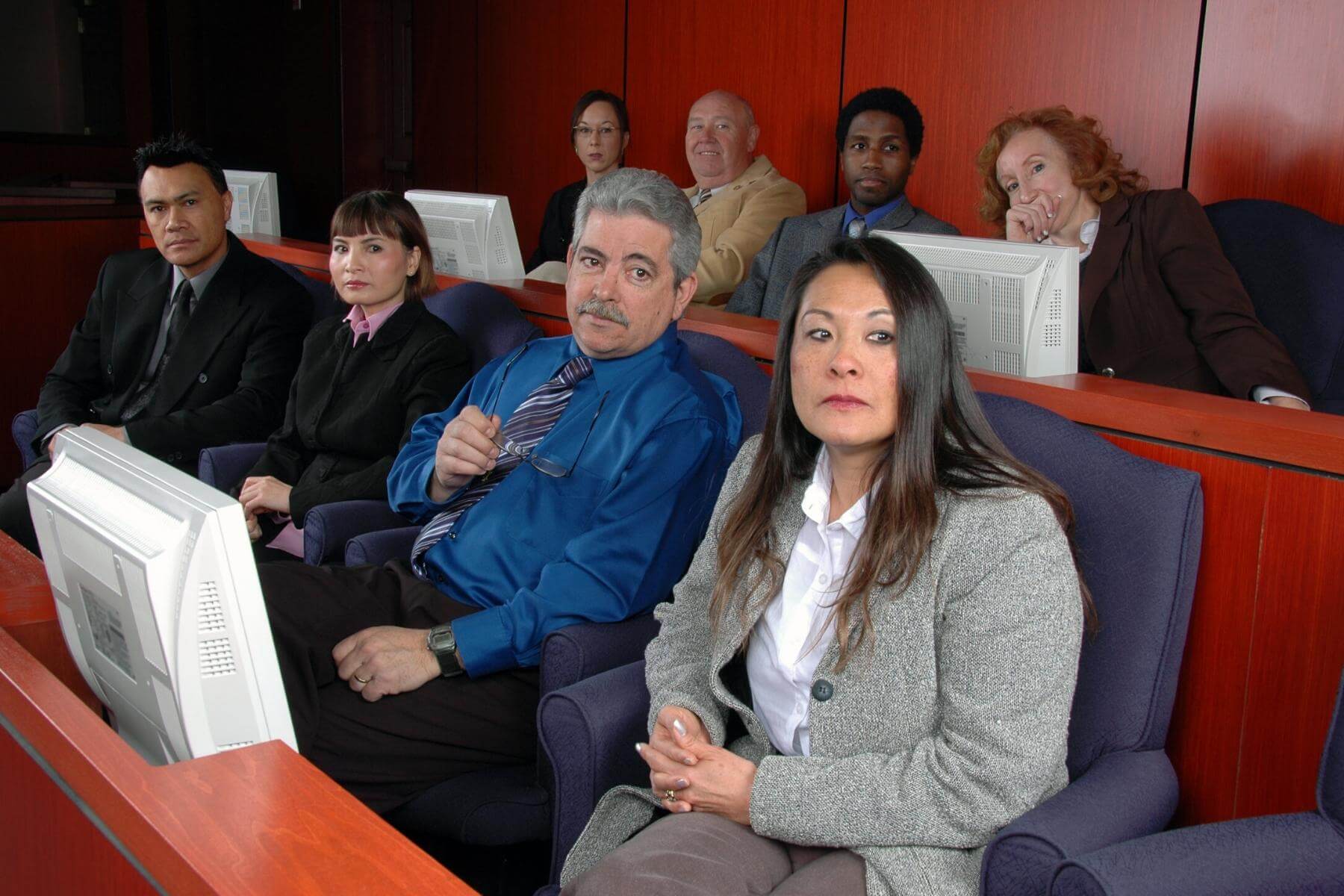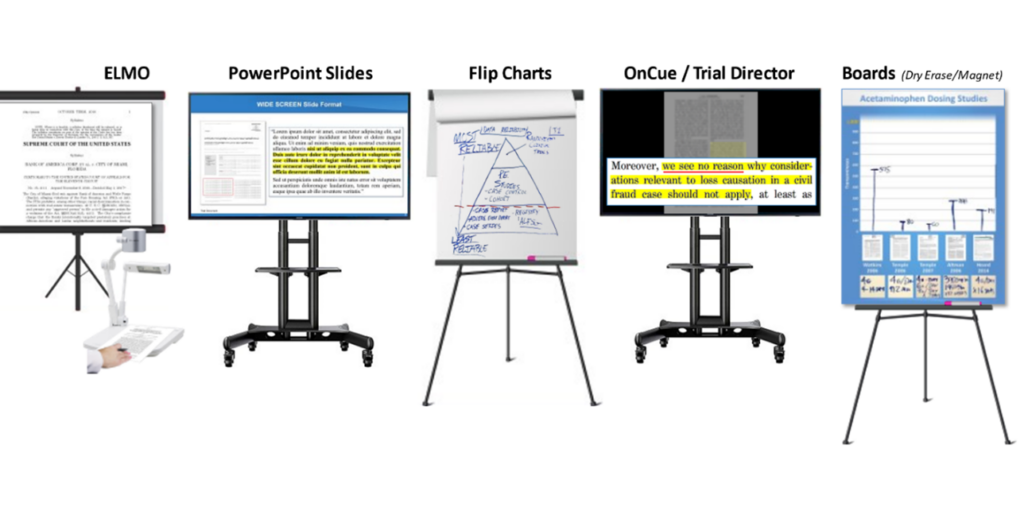Multimedia trial presentations enhance case preparation.
Multimedia trial presentations enhance case preparation.
Blog Article
Exactly How Test Presentations Enhance Your Disagreement and Encourage Jurors
Trial discussions serve as a pivotal mechanism for improving lawful debates and convincing jurors. By integrating aesthetic aids, narrative structures, and psychological interaction, attorneys can produce a compelling case that reverberates on numerous levels. The strategic use visuals not just clarifies complicated info yet likewise catches jurors' attention better than words alone. Nevertheless, the art of storytelling plays a similarly critical function in transforming factual evidence into a compelling narrative, shaping jurors' understandings - trial presentations. Recognizing these elements can substantially impact test outcomes, raising the question of exactly how each part contributes to this intricate dynamic.

Importance of Visual Aids
Aesthetic help play a critical role in improving the effectiveness of test presentations, as they can significantly enhance target market interaction and retention of info. In the context of a test, where jurors are entrusted with handling facility details, visual aids serve to simplify and clear up bottom lines. Graphes, charts, and pictures can share data and principles that might or else overwhelm or perplex jurors, permitting a more straightforward understanding of the evidence offered.
Furthermore, aesthetic aids help in maintaining juror attention throughout the proceedings. By damaging the dullness of spoken testimony, these tools can punctuate essential arguments, making them extra remarkable. Reliable aesthetic aids can additionally evoke psychological actions, which can be essential in encouraging jurors to straighten with the speaker's story.

Crafting Compelling Narratives
An engaging narrative is important in test discussions, as it acts as the foundation of reliable persuasion. It allows attorneys to weave with each other truths, evidence, and emotional aspects into a meaningful tale that resonates with jurors. This narrative structure allows jurors to recognize the intricacies of the instance while guiding them through the lawyer's debate.
To craft a compelling narrative, lawyers must concentrate on clearness and coherence. This entails establishing a clear protagonist-- frequently the customer-- and describing their journey via the events concerned. Providing the facts in a logical series enhances understanding and preserves involvement. In addition, making use of vivid summaries can develop psychological images that aid jurors visualize the occasions, making the narrative a lot more unforgettable.
Furthermore, incorporating essential motifs throughout the presentation reinforces the core message and aids in retention - trial presentations. The narrative ought to not just share info but also evoke a sense of justice, highlighting the stakes included. Inevitably, a sound story fosters a link in between the jurors and the instance, placing the attorney's argument as both credible and engaging, thereby increasing the possibility of a desirable decision

Engaging the Court Psychologically
Efficient court engagement depends upon the lawyer's capability to attach with jurors on a psychological level. This link can substantially impact jurors' understandings and their supreme decision-making. Making use of psychological appeals allows attorneys to humanize the situation, changing abstract legal ideas right into relatable experiences. By presenting real-life tales or testimonies, attorneys can evoke empathy and concern, cultivating a much deeper understanding i thought about this of the issues at stake.
Visual help, such as photographs or videos, can additionally enhance psychological interaction, providing jurors with vivid representations of the case's human elements. Crafting a story that highlights the struggles and victories of the people entailed ensures that jurors see past the lawful disagreements and recognize the human repercussions of their decisions.
In addition, tone and body movement play a vital role in communicating feeling. A lawyer's enthusiastic shipment can resonate with jurors, enhancing their emotional financial investment in the event. It's necessary to balance sob stories with factual evidence, making sure that jurors feel forced to act while continuing to be grounded in the fact. Inevitably, an emotionally engaged court is more most likely to be persuaded, making psychological connection an essential part of efficient trial discussions.
Structuring Your Presentation

The body of the presentation should be logically segmented into crucial points, each sustained by compelling proof. It is advantageous to make use of narration techniques to weave truths into a narrative that jurors can quickly follow. Visual aids, such as graphes and video clips, can enhance understanding and interaction, helping to highlight vital pieces of evidence.
Real-World Study
Examining real-world case studies supplies vital insights into the art of trial discussions and persuasion. As an example, the landmark case of "O.J. Simpson v. The Individuals of California" illustrates exactly how aesthetic aids and site here engaging narratives can guide court perceptions. The protection team properly employed an approach that combined prominent specialist statements with multimedia discussions, which mesmerized jurors and inevitably influenced their decision.
One more remarkable example is the "McDonald's Coffee Instance," where the plaintiff's attorneys used visuals pictures of the injuries suffered by Stella Liebeck. trial presentations. This stark visual proof played a crucial role in communicating the severity of her burns, causing a significant court honor. Such cases demonstrate that impactful test discussions often rest on the effective combination of visuals and narration to stimulate emotional reactions from jurors
Moreover, the "Casey Anthony Trial" highlighted the importance of narrative coherence and reputation. The prosecution's failing to establish an engaging timeline diminished their influential power, emphasizing the pop over to these guys necessity of a well-structured presentation. Analyzing these instances reveals that successful test presentations call for critical planning, emotional interaction, and the capacity to resonate with jurors' worths and beliefs.
Conclusion
Trial presentations substantially improve disagreements and encourage jurors with the critical usage of visual help, engaging narratives, and emotional involvement. A well-structured discussion equilibriums psychological allures with factual proof, inevitably resonating with jurors' values.
Report this page